#cenozoic
Explore tagged Tumblr posts
Photo

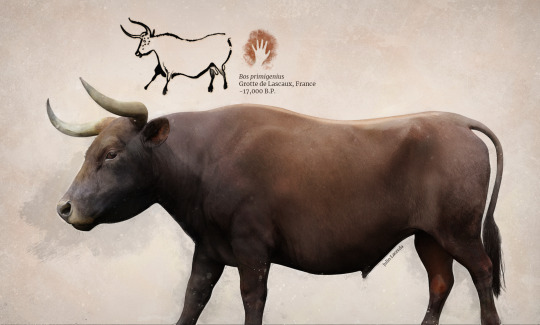

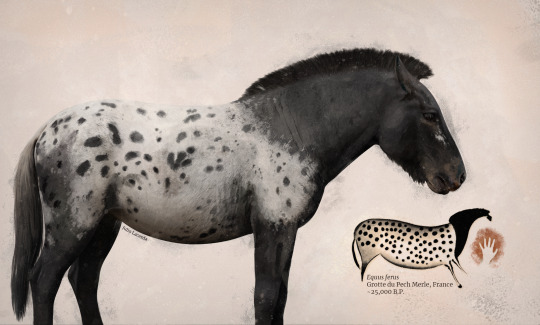
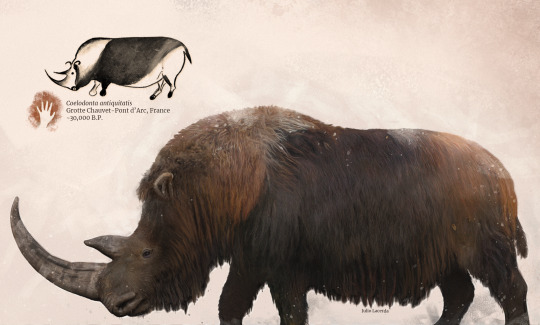
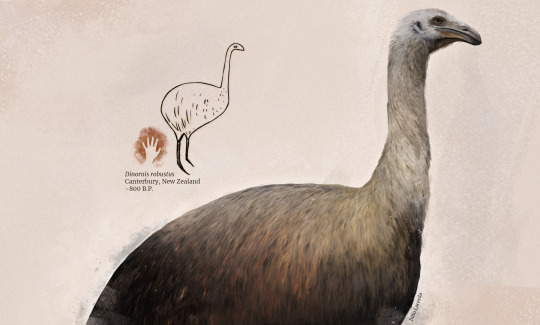
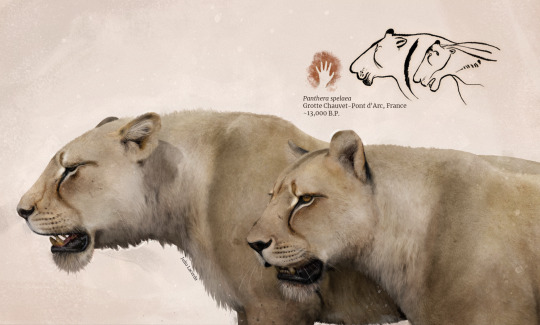
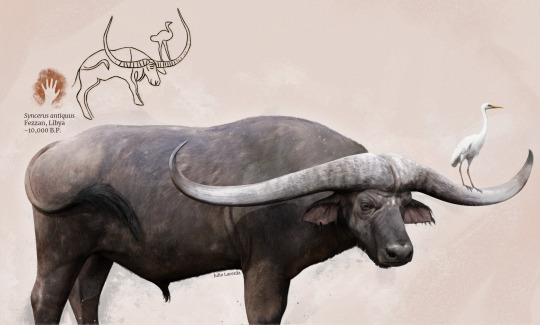


I just realized that apparently I never shared this series here on Tumblr??
I call it Living Paintings, as they are recreations of extinct animals that some artists actually saw and painted from memory, a long time ago.
Patreon • Ko-fi • Facebook • Twitter • Prints & Merch
#palaeoblr#paleoart#cave paintings#mammals#cenozoic#mammuthus#aurochs#horses#coelodonta#moa#cave lion#pelorovis#cave bear#megaloceros
48K notes
·
View notes
Photo
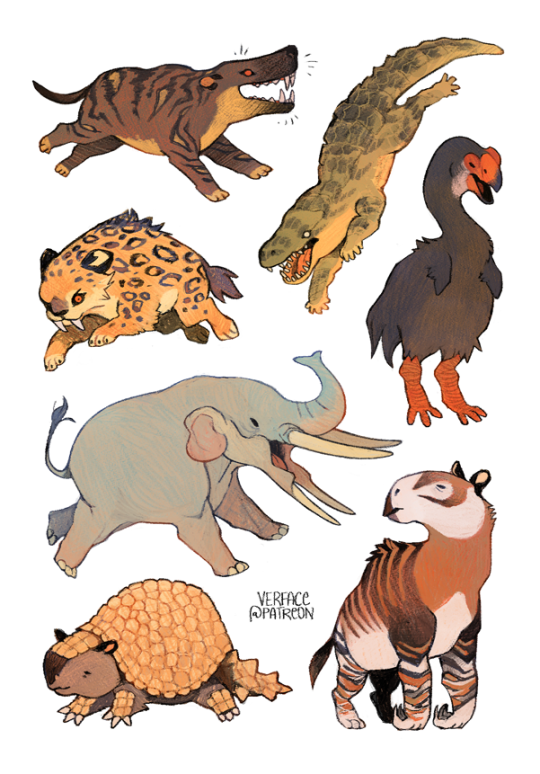
little cenozoic guys
(hyaenodon, langstonia, smilodon, dromornithidae, stegotetrabelodon, glyptodon, moropus)
#art#cenozoic#mammals#ancient#extinct#chibi#hyaenodon#lagnstonia#smilodon#dromornithidae#stegotetrabelodon#glyptodon#moropus#these will be stickers when I run merch again in a couple months wheee
57K notes
·
View notes
Text

It’s time to give the animals of the Cenozoic a day in the limelight…
#cenozoic mammals#cenozoic era#cenozoic#works in process#work in progress#work in process art#work in progress art#art wip#wip#mammoths#wooly mammoth#wooly rhino#smilodon#basilosaurus#andrewsarchus#brontothere#paraceratherium#deinotherium#hominids#paleocene#eocene#oligocene#miocene#pliocene#pleistocene#pleisotcene megafauna#paleogene#neogene#quaternary#megalodon
434 notes
·
View notes
Text
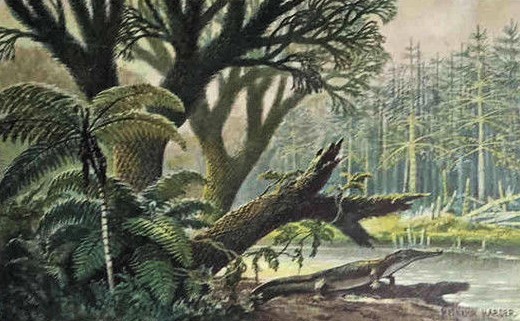
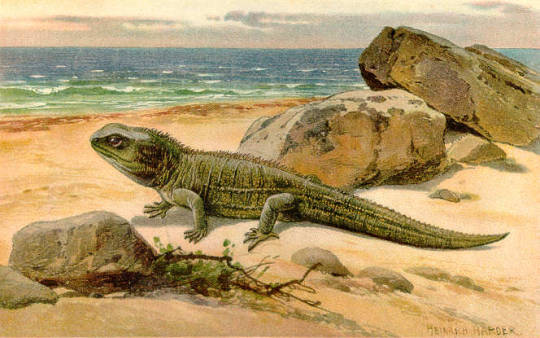

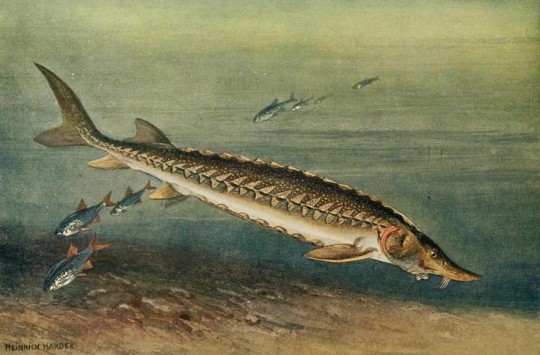

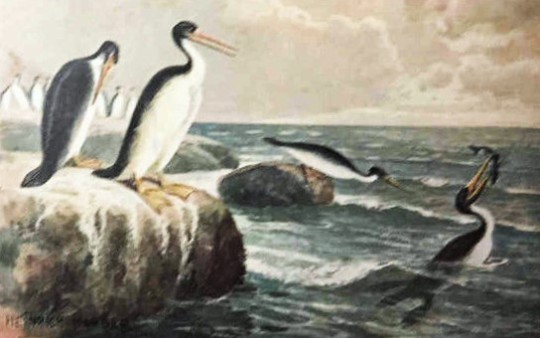
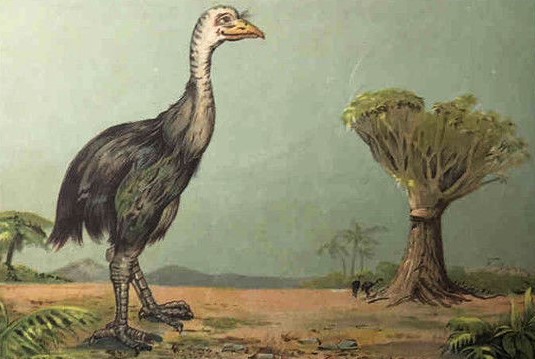
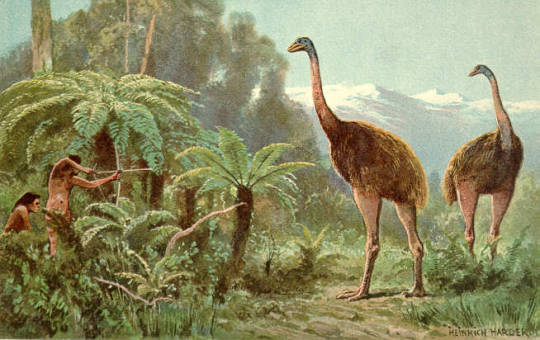
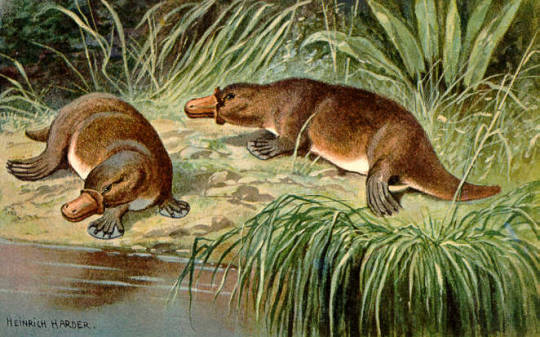
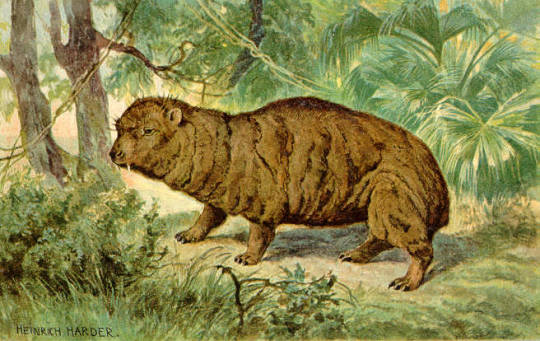

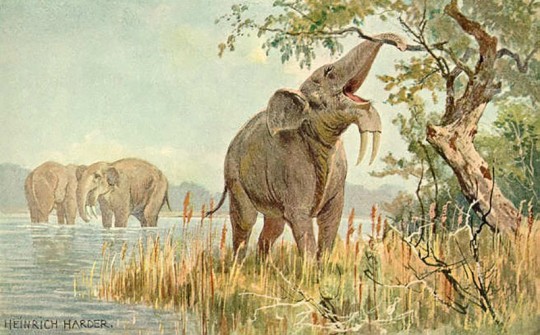
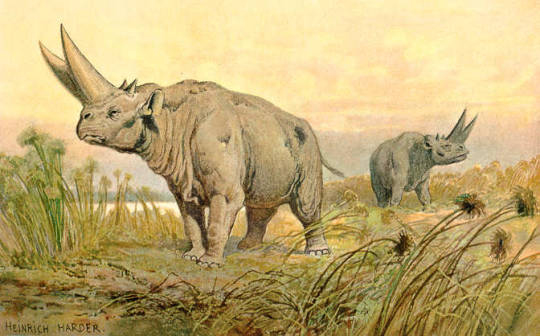
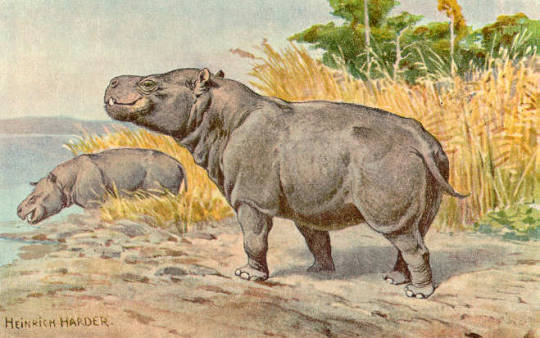
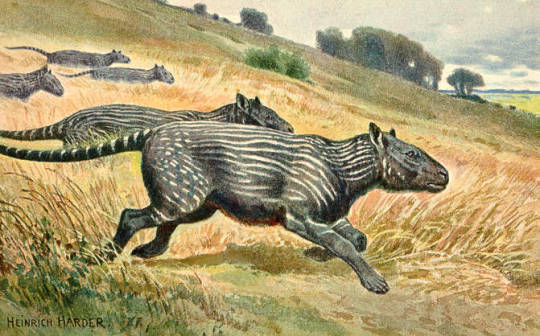
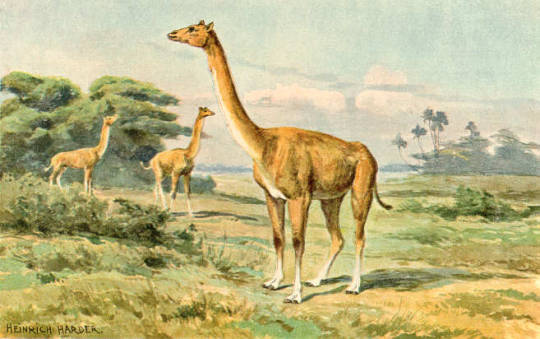
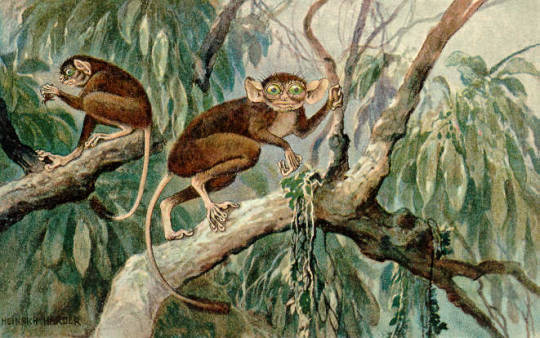
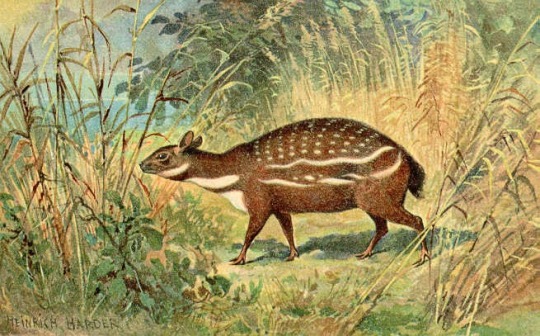


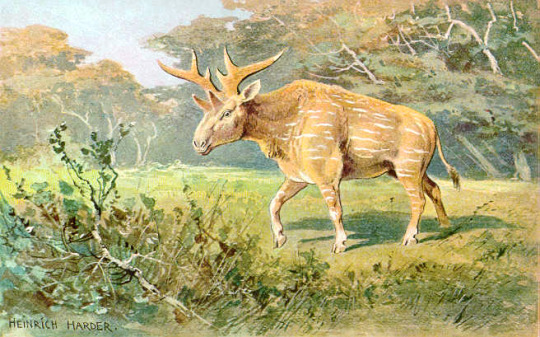

Animals of the Primeval World - art by Heinrich Harder (c. 1910)
#heinrich harder#animals of the primeval world#vintage palaeoart#vintage prehistoric art#natural history#palaeo artist#cenozoic#tertiary period#neogene period#1910s#1910
789 notes
·
View notes
Text

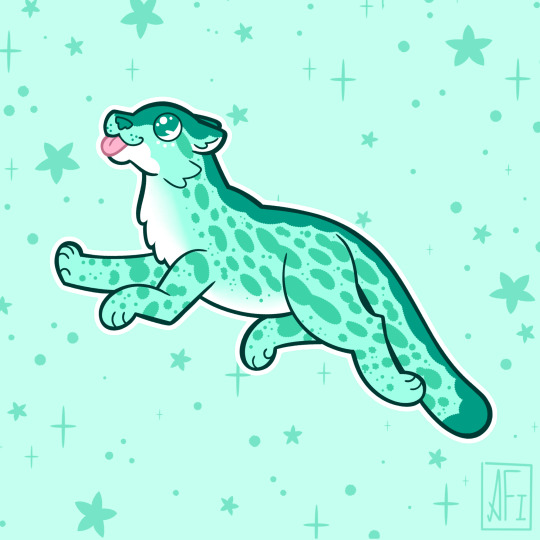
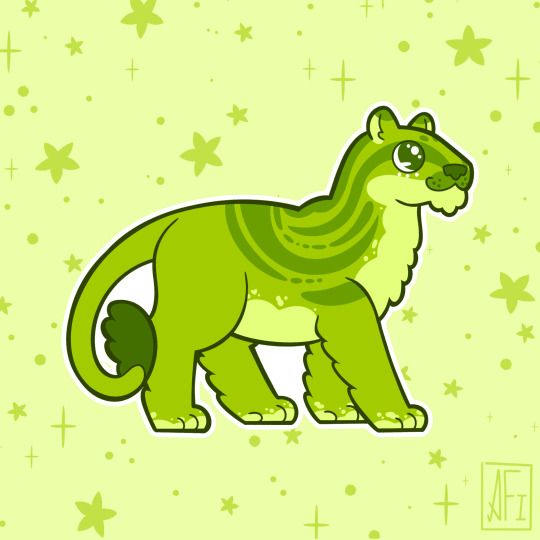
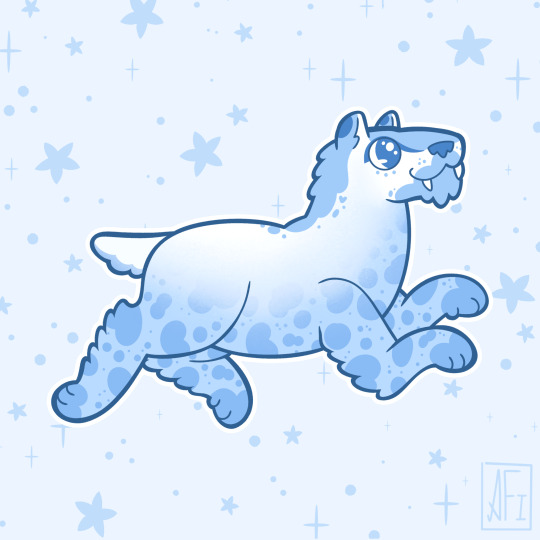

Cats, cats cats, cats cats!
The first recognizable cat, Proailurus, is from around 25 million years ago, and that began a long history for our feline friends!
Proailurus American Cheetah - American Lion Homotherium - Smilodon
Planned: Dinictus
Stickers || Phone Wallpapers Masterlist
#art#my art#paleoart#paleontology#science#illustration#cenozoic#cats#feline#proailurus#american cheetah#american lion#homotherium#smilodon
205 notes
·
View notes
Text
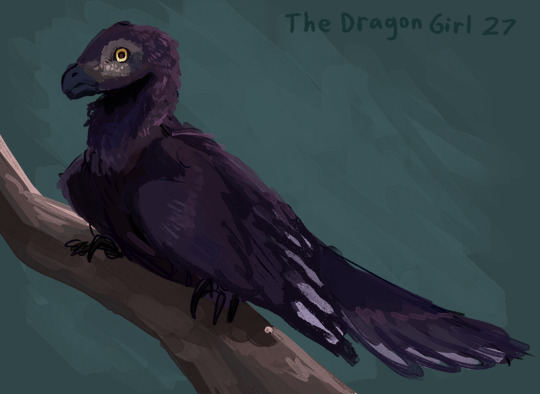


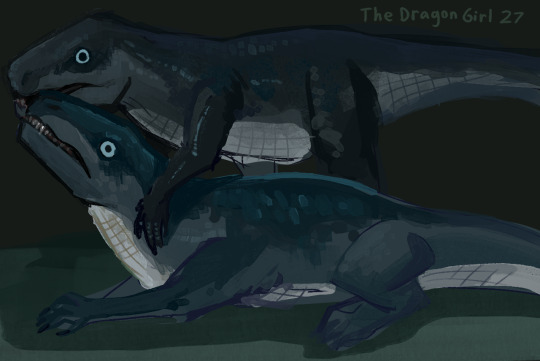
Flocking drawings!
Balaur just sitting around
Megalania taking a bath
Styracosaurus looking at the sunset
a pair of Euparkerias nuzzling
#paleostream#Balaur#Megalania#Styracosaurus#Euparkeria#paleoart#dinosaur#theropod#reptile#lizard#ceratopsian#Archosaur#mesozoic#cenozoic#dragon draws creatures#halfway through the Styracosaurus drawing i noticed the sunset had the lesbian colors so she is a women liker now#oh my fucking god this bitch is fucking gay good for her good for her#at least 5 people gay reacted the Euparkeria drawing on the paleostream server so i guess they have been diagnosed with gay too
419 notes
·
View notes
Text

Eocene, so familiar yet so different
#paleoart#paleoblr#eocene#cenozoic#prehistoric life#basilosaurus#whale evolution#pelagornis#Ok it's not actually the genus pelagornis but close enough#watercolor#ye I know I got basil's head wrong but still had lots of fun :D
175 notes
·
View notes
Text
A Week in Croc News: A ziphodont crocodilian from New Guinea and a "baby" Piscogavialis
Once again I'm here to recap exciting fossil croc news. To give a quick rundown of papers from the last week, we had one on non-semi aquatic adaptations in crocodylomorphs (mostly life on land but also notes of marine groups), a paper that I'm biased toward because it feaures two of my silhouettes in its phylogeny.
The two silhouettes of mine used in the study. Duerosuchus representing the Planocraniidae and Trilophosuchus representing Atoposaurids (eventhough it's not one, it was picked since it at least conveys the right proportions).


Thalattosuchians recieved a lot of attention this past week. For starters, in addition to being brought up in the afforementioned paper, they were given a lot more focus in a study comparing the function and phylogenetic importance of their shoulder girdles (and those of dyrosaurids), a metriorhynchoid skeleton of uncertain affinities from the Cretaceous northeast Italy was described and just today we got a study on the braincase anatomy of Thalattosuchus.
The one paper that excited me the most however was the description of ziphodont crocodilian teeth from the Pliocene Otibanda Formation of Papua New Guinea. To those unaware, ziphodont teeth are essentially teeth that are flattened like a blade and bear serrations along their cutting edge, something seen in dinosaurs, monitor lizards and a select few crocodile groups like sebecid notosuchians, planocraniids and some mekosuchines. Now these teeth are nothing new, they've been known since 1967, hell I even mentioned them on both the wikipedia pages for Mekosuchinae and Quinkana, but they were never properly described...until now.
Leave it to Jorgo Ristevski, Ralph Molnar and Adam Yates to tackle this one, describing not just the ziphodont teeth but also the postcranial material and conical teeth from the formation. Now don't expect any new species or genera. Though valuable, the study doesn't cause any major stirr ups. The ziphodont teeth are tentatively referred to the Mekosuchinae, though they are not morphologically distinguishable from other ziphodont groups like sebecids or the previously mentioned planocraniids, mekosuchines are the only ones that fit the time and location. The other fossils are even more ambiguous, the postcrania referred to Crocodylia incerta sedis and the conical teeth to cf. Crocodylus sp., so basically an unknown crocodilian and a modern croc. This at least suggests that two different crocodiles inhabited Papua New Guinea at the time, maybe even three assuming that the postcrania don't belong to either the ziphodont or conical form.
Since New Guinea and Australia were once connected, forming the continent of Sahul, some Quinkana-like mekosuchines could have easily traveled to the island.


The final thing I want to mention is not an actual study, but still newsworthy. Scientists in Peru just revealed whats thought to be the first juvenile Piscogavialis. An amazingly preserved skeleton was unveiled, preserving much of the skull minus the tip of the snout, most of the spinal collumn until the base of the tail, both hindlimbs and some other bones as well (from the photos theres a few ribs at least).

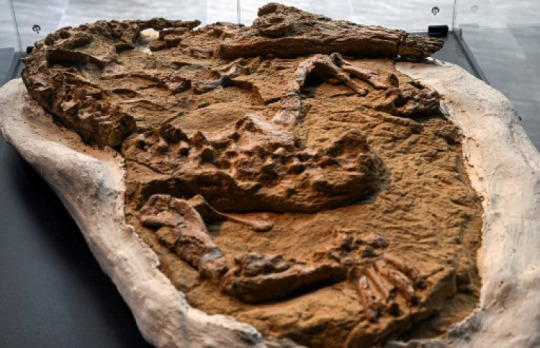
Whats fun is that though described as a juvenile, the animal is estimated to have already reached around 3 meters in length. To put this into perspective, thats the size of the average female saltwater crocodile and just shy of the 4.3 meters reached by the contemporary Sacacosuchus. Now on the one hand, I think calling that a juvenile might be a bit of an exaggeration (then again the term subadult is arguably vague and meaningless) and I'm curious to see whether or not an eventual study will back this up with anatomical features or if its even possible that it could just be an instance of dimorphism between sexes. But thats just me musing on the basis of a few photos.
Anyways, given that they just state that this 3 meter animal is a "juvenile", you might wonder how large the adult would be?
The short answer...large. Yeah Piscogavialis got big. The skull alone measures over a meter in length and a recent paper on Sacacosuchus said that they grow to nearly twice the length of their smaller contemporary. With Sacaco sitting at 4.3 meters, one could easily imagine Piscogavialis reaching 7 to maybe 8 meters (I should make a proper scaling at some point). Here's how Gabriel Ugueto and artbyjrc scaled this animal and yeah, even if it ate fish it could probably do some real damage if provoked.
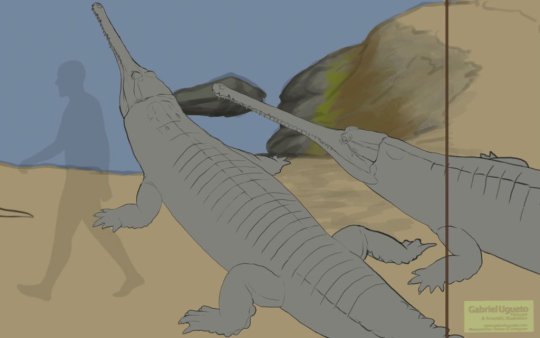

#long post#cenozoic#mesozoic#crocodylia#croc#crocodile#gharial#mekosuchinae#prehistory#palaeblr#extinct#piscogavialis#paleontology news#pseudosuchia#crocodylomorpha
98 notes
·
View notes
Text













Antrostomus vociferous, better known as the eastern whip-poor-will or whip o whill, is a species of bird within the nightjar family, Caprimulgidae, which is endemic to the deciduous forests and mixed woodlands of North and Central America from Canada in the north to Costa Rica in the south and from the east coast to the great plains. Often migrating to the north of there range to breed and to the south of there range to overwinter. It is named onomatopoeically after its song as whilst the whip-poor-will is commonly heard within its range, it is rarely seen because of its elaborate camouflage. Eastern whip-poor-whills are a nocturnal species which spends there days resting amongst leaf litter, tree roots, branches, hollows, and fallen logs, emerging at night to feed upon various flying insects such as beetles, flies, mosquitos, and in particular moths. Eastern whip-poor-wills are generally solitary preferring to spend time on their own; however, during migration, they may form loose flocks. Reaching around 8.5 to 10.5 inches (22 to 27cms) in length, 1.5 to 3 ounces (42 to 85grams) in weight with a 17.5 to 19.5 inch (45 to 50cms) wingspan, eastern whip poor whills sport a large head and broad body. They have mottled camoflauged plumage: the upperparts are grey, black and brown; the lower parts are grey and black. They have a very short bill and a black throat. Males have a white patch below the throat and white tips on the outer tail feathers; in the female, these parts are light brown. Breeding often begins in March, with pairs meeting up and building a loose nest on the ground, in shaded locations among dead leaves. Here a female will usually lay 2 eggs at a time. Incubation lasts 19-21 days performed by both parents. Eastern Whip-poor-wills lay their eggs in phase with the lunar cycle, so that they hatch on average 10 days before a full moon. As when the moon is near full, the adults can better forage at night and capture large quantities of insects to feed to their young.The chicks hatch well developed covered in down but with their eyes closed. They are fed and protected by both parents and start to fly at the age of 20 days. Eastern whip-poor-wills usually produce 1 or 2 broods per year and females may lay a second clutch while the male is still caring for chicks from the first brood. Under ideal conditions an eastern whip poor will can live up to 15 years.
#pleistocene pride#pliestocene pride#pleistocene#pliestocene#cenozoic#bird#eastern whip-poor-will#eastern whip poor will#whip-poor-will#nightjar#whip-o-will#whip-o-whill#whip-or-whill#whip-or-will#north america#animal facts#central america#canada#usa#mexico#costa rica#colombia#guatemala#nocturnal
199 notes
·
View notes
Text

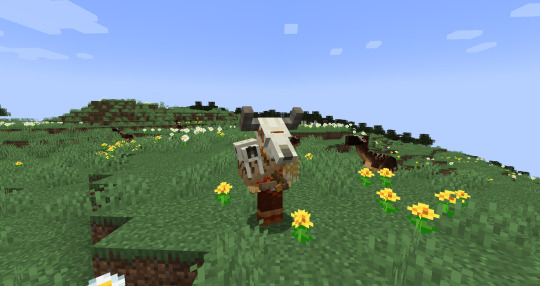
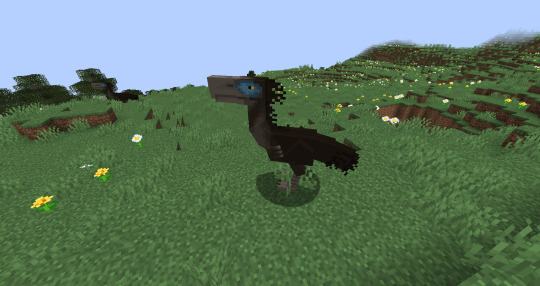
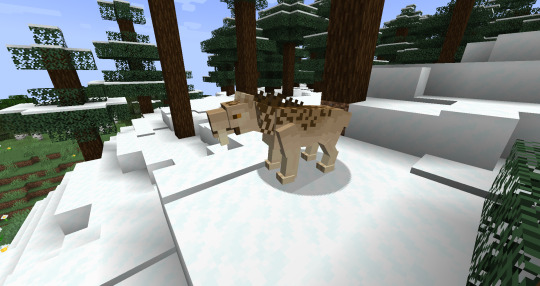

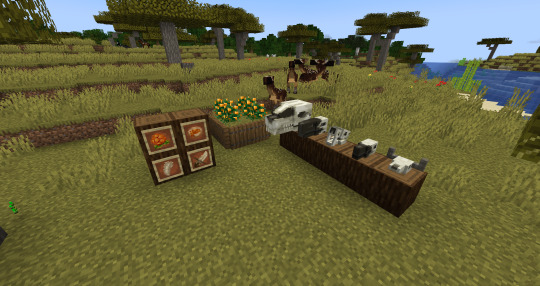
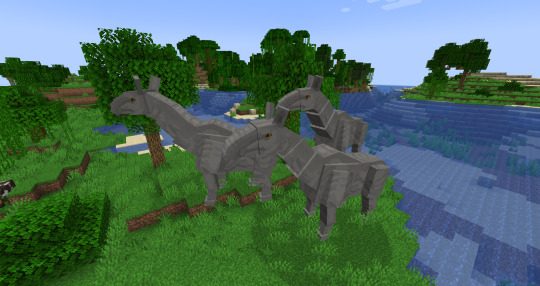
little snapshots of a mod i have been working on for a few days, cenozoicraft, understandably based around adding cenozoic animals to the minecraft world along with neolithic tools. its heavily based around hunting and utilizing animal parts. most of what is here is tamable and rideable with fun little taming mechanics, so dont expect to be able to waltz up to a smilodon. more to come soon
#there are a few effects i havent shown here besides from the ''hunters vision'' in the first one. still a prototype but the general idea#anyways i am pretty proud of what i have accomplished so far. everything here has and will have unique mechanics and ai. i am excited#on the bucketlist: mammoths! finishing up the mammoth steppe and arctic biomes. enchantments that assist in hunting#predator ai needs some work. neanderthals are on the list as well. several sets of armor and curios are planned#and of course many#many animals#and many decorative blocks#minecraft#blockbench#mcreator#modded minecraft#cenozoic#paleo#paleoart#paleontology#neolithic#cenozoicraft#rorys art
273 notes
·
View notes
Text

After these lanky ones I felt like I needed a chonky one.
Paramylodon fits that description.
252 notes
·
View notes
Text

"And as he stares into the sky, there are twice as many stars as usual"
Macrauchenia born with polycephaly, inspired by the poem "The Two-Headed Calf" by Laura Gilpin.
Patreon • Ko-fi • BlueSky • Instagram • Prints & Merch
2K notes
·
View notes
Text

okay so i asked friends for creatures and characters sooooooooo yay!!!! paleoart!!!!
Desmond as a thylacine, a simple megalodon, Berg as a kaprosuchus, Altair as a thylacoleo because of his murder grin, Clay as a nasutoceratops, Haytham as a smilodon, and a little Binglesacks to fill in an empty spot
#art#digital art#sombertide art#paleoart#paleontology#natural history#dinosaur#paleo#dino#mesozoic#cenozoic#smilodon#thylacoleo#nasutoceratops#ceratopsian#kaprosuchus#thylacine#tasmanian tiger#megalodon#cat#desmond miles#juhani otso berg#otso berg#clay kaczmarek#altair#altair ibn la'ahad#haytham kenway#assassin's creed 1#assassin's creed 3#assassin's creed
114 notes
·
View notes
Text

A lone mother Homotherium latidens, against all odds, does her best to keep her tiny cub safe from the blizzards that sweep across the Siberian wilderness so that she will not suffer the bitter fates that await the other Homotherium cubs that don’t survive the long winter.
#homotherium#pleistocene#cenozoic mammals#cenozoic era#cenozoic#pleistocene megafauna#machairodontidae#paleobiology#paleoart#paleontology
57 notes
·
View notes
Text


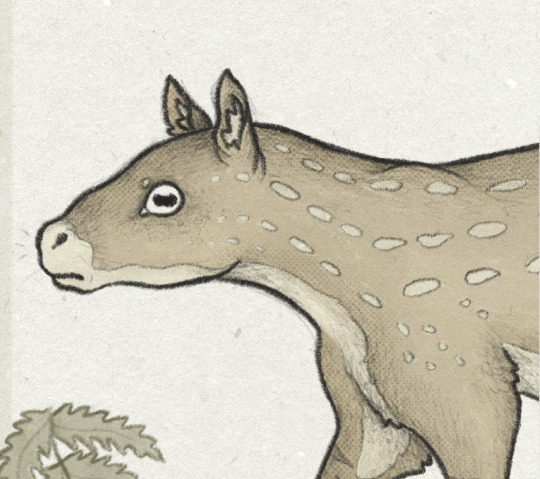


some cenozoic beasties + closeups :]
#cenozoic#cenozoology#cenozoic era#cenozoic fauna#paleoart#paleo#paleolithic#paleo art#paleo drawing#eohippus#phenacodus#coryphodon#dinocrocuta#phenacodontidae#prehistoric horse#prehistoric animals#cenozoic art#cenozic illustration#cenozoic animals#art#illustration#artists on tumblr#animal art#animal illustration#comics#doodle#illustrator#artist#digital art#animal artist
1K notes
·
View notes
Text





Proboscideans! I definitely need to cover this group a lot more, especially for a group that's covered 60 million years!
Moeritherium - Platybelodon - Deinotherium
Mammoth - Mastodon
Stickers || Phone Wallpapers Masterlist
#art#my art#paleoart#paleontology#science#illustration#cenozoic#proboscideans#elephants#moeritherium#platybelodon#deinotherium#mammoth#mastodon
218 notes
·
View notes